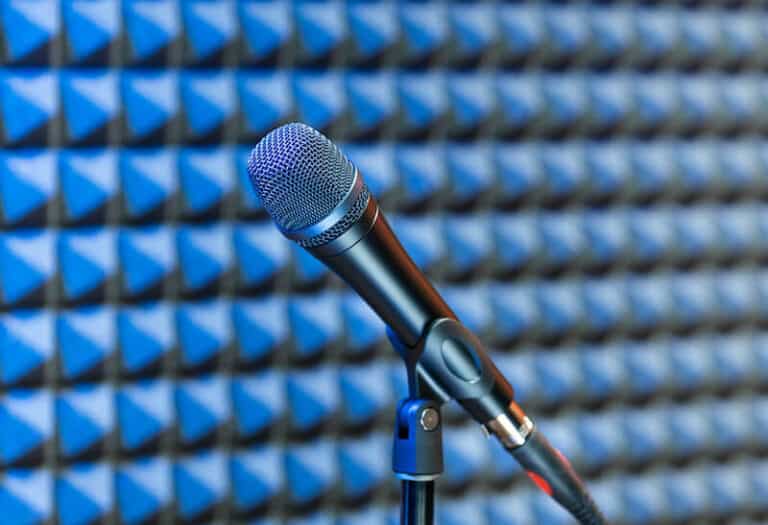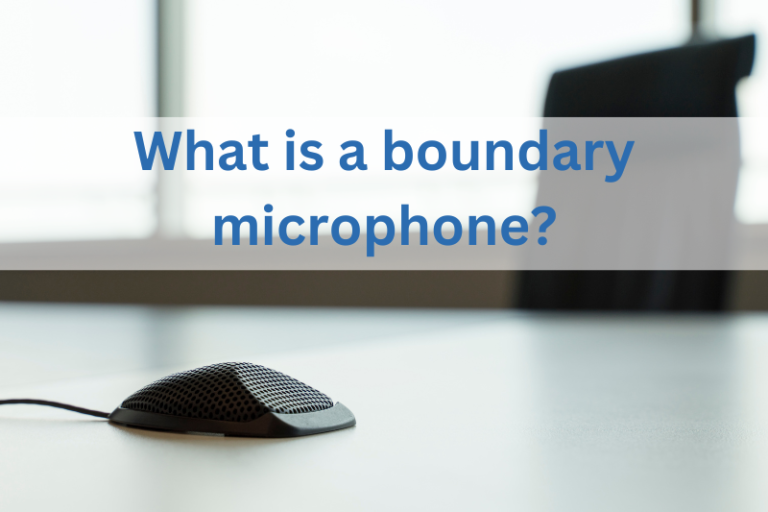Dynamic Microphone vs Condenser
I’ve been in the audio industry for many years, and I’ve seen and used every type of microphone under the sun, and I’ve got some strong opinions on the topic of dynamic microphone vs condenser. Let’s get ready and dive in.
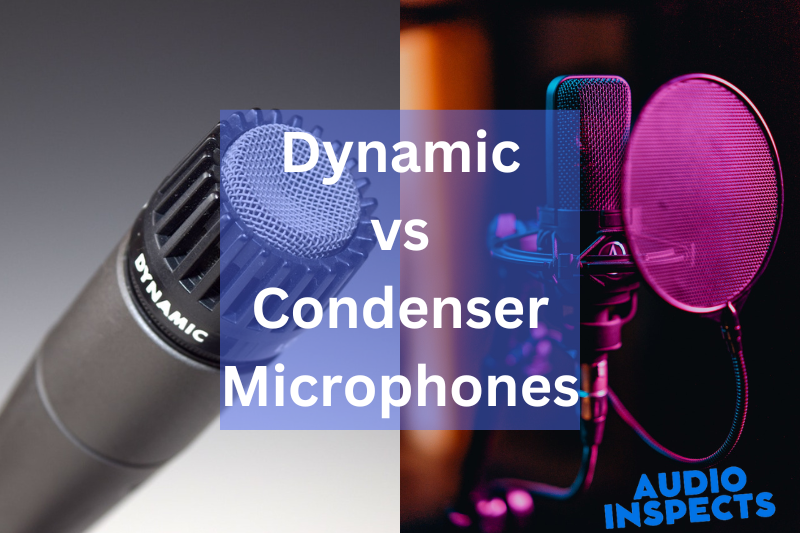
Dynamic vs Condenser Mic: The Battle of the Microphone Giants
Let’s figure out what the two types of microphones are. Dynamic microphones use magnets to convert sound waves into electrical signals. They can handle high sound pressure levels making them a popular choice for live performances and on-stage use.

I enjoy live performances with dynamic microphones. There is something about the raw power and energy of a live performance that screams for the ruggedness and reliability of a dynamic microphone. If you’re a singer who likes to get up close and personal with your microphone, you don’t have to worry about damaging it.
On the other hand, condenser microphones use a thin metal diaphragm that vibrates in response to sound waves to create an electrical charge. A more accurate representation of the sound is provided by this type of microphone.

In recording studios and broadcast applications, condenser microphones are used. I like recording in the studio with condenser microphones. There is something about the detail and accuracy of a microphone that captures the nuances of a performance in a way that a dynamic microphone can’t.
Large-diaphragm condensers receive are designed for a specific type of polar pattern. Small diaphragm condensers are sometimes called “pencil microphones” because their small diaphragms (small discs) make them more sensitive.
Let’s take a closer look at the debate’s details. Some audio connoisseurs will tell you that dynamic microphones are the only way to go for live performances, while others will swear by the clarity and accuracy of condenser microphones in the studio.
How Does Dynamic Microphone Work?
Dynamic microphones capture the sound waves in the air around you and convert them into electrical signals. They are designed to work outdoors with a wide frequency range and are ideal for both singing and live performances.
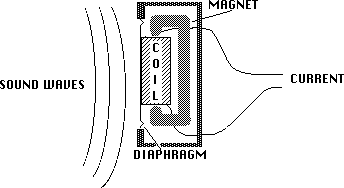
How Does Condenser Microphone Work?
A condenser microphone consists of two plates that are separated by a diaphragm. The diaphragm vibrates in response to the sound waves coming in. The condenser microphone converts this vibration to a voltage that is transmitted to the recorder and is amplified if required.
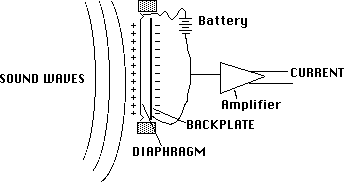
http://artsites.ucsc.edu/EMS/Music/tech_background/TE-20/teces_20.html
I’m here to tell you that there is no one-size-fits-all answer to this question. The application and personal preference are the two most important factors. If you’re a singer belting out a power ballad on stage, you’ll want a dynamic microphone that’s rugged with reliability and has high SPL handling.
On the other hand, if you’re recording a delicate acoustic guitar performance, the detailed and sensitive response of a condenser microphone will serve you better. Some microphones can hold their own in the recording studio and some microphones can handle the demands of a live performance.
The Shure SM7B is a dynamic microphone that has become a staple in many recording studios because of its versatile and accurate sound. The AKG Pro Audio C5 can handle the heat of a live performance and is a great option if you’re looking for a microphone that can handle it. Finding the right tool for the job is the most important thing.
One common misconception about dynamic microphones is that they are always less expensive than condenser microphones. This is simply not true. While there are certainly some affordable dynamic microphones on the market, plenty of high-end models come with a hefty price tag.
The same goes for condenser microphones. If you’re in the market for a new microphone, don’t let the price tag be the only factor in your decision-making process. Invest in the best microphone you can afford and you won’t regret it.

It’s also worth mentioning that some hybrid microphone designs incorporate elements of both dynamic and condenser microphones. These microphones often provide a nice balance between the ruggedness and sensitivity of both types and can be a great choice for those who need a microphone that can perform well in a variety of situations.
For example, the Rode NTG5 is a shotgun microphone that combines the best of both worlds by using a large 1-inch condenser capsule in a rugged, dynamic body.
Sound Matters: Choosing the Right Microphone for the Job
There isn’t a right or wrong answer when it comes to dynamic vs condenser microphones. Finding the best microphone for you and your needs is the most important thing. You don’t have to be afraid to try out different microphones.
It’s all about the performance and capturing the best possible sound at the end of the day. The most important thing is to have the right tool for the job, no matter what type of microphone you prefer.
Let’s Discuss The Frequency Response
If you understand the frequency response of the microphone, you can choose the model that best suits your needs. If you want to record vocals, you need a microphone with a frequency response that emphasizes the middle frequencies where the human voice is most prominent. On the other hand, if you want to record guitars or drums, you might want a microphone with a Frequency response that reflects the sound of those instruments.
That is my take on the difference between dynamic and condenser mics. I hope the article sheds some light on the topic and helps you with your microphone-buying journey.
Understanding Phantom Power
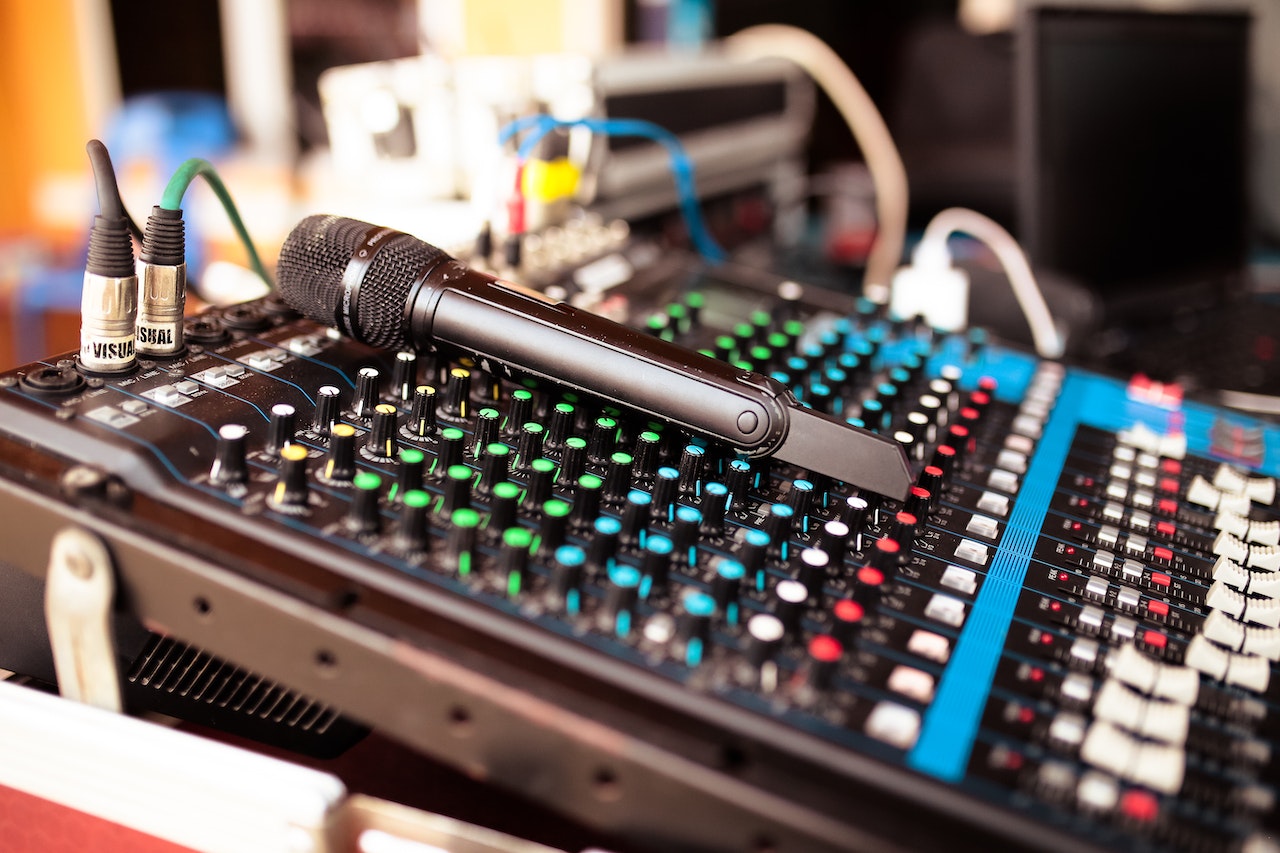
When shopping for a microphone, you may have heard the term phantom power. A microphone cable is used to send phantom power to certain types of microphones. The mixing console or audio interface can supply between 48V to 52V.
Even if there isn’t an external power source, phantom power allows microphones to be used in a variety of settings. It provides a more stable power source for microphones, as opposed to using batteries that can run out of power or die unexpectedly.
Does Dynamic Microphone Need Phantom Power?
Not all microphones need phantom power. The internal design of dynamic microphones allows them to function without an external power source. You don’t have to worry about phantom power when using a dynamic microphone.
A World of Microphone Options: Exploring the Different Types
While dynamic and condenser microphones are the two most commonly used types of microphones, there are several other microphone types worth mentioning.
Ribbon Microphones

Ribbon microphones use a thin metal ribbon as the diaphragm, which vibrates in response to sound waves and creates an electrical signal. Ribbon microphones are often favored for their natural and smooth sound, but they can be delicate and may require special handling and storage.
Shotgun Microphones
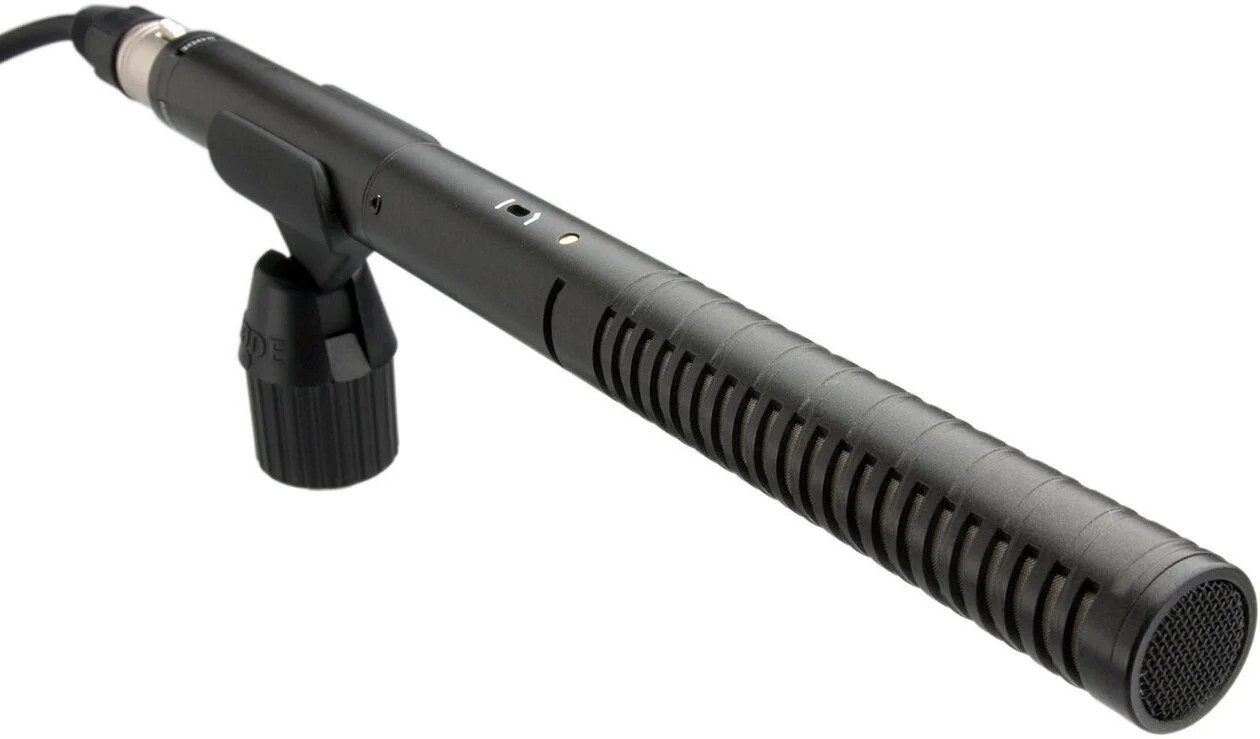
Shotgun microphones are long, narrow microphones that are often used in film and video production. The directional design of a shotgun microphone allows it to capture sound from a specific direction while rejecting sound from other directions, making it a great choice for recording dialogue in noisy environments.
Boundary Microphones
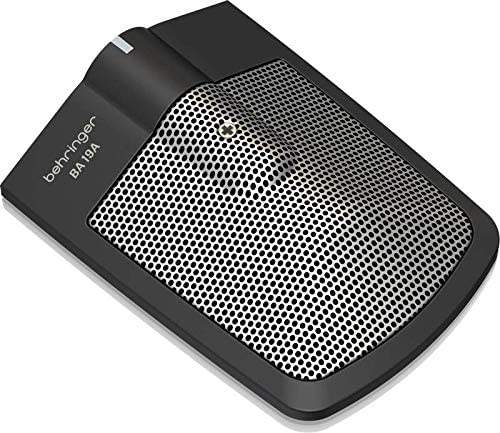
Boundary microphones, also known as PZM (pressure zone microphone) microphones, are flat, disc-shaped microphones that are designed to be placed on a flat surface, such as a table or floor. They work by capturing sound reflections off of the surface, making them a great choice for recording large groups of people in a conference setting.
Lavalier Microphones
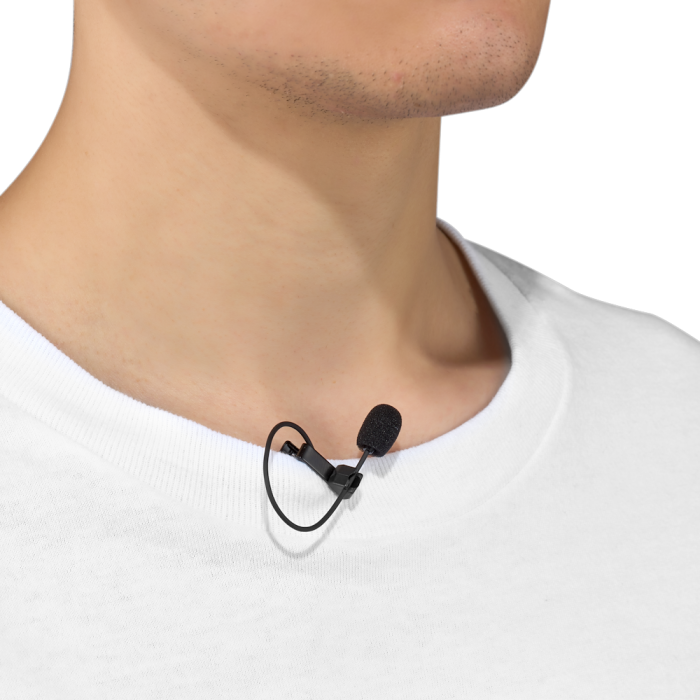
Lavalier microphones, also known as lapel microphones, are small, wearable microphones that can be attached to clothing. They are often used in television and theatrical productions and for public speaking.
It’s important to choose the right microphone for the job at hand since each microphone has its own benefits and limitations. Whether you’re recording a show, performing live on stage, or making voice-overs, there’s a microphone for you.
FAQs
Conclusion on Dynamic Microphone vs Condenser
So, in conclusion, dynamic vs condenser microphones is a debate that will likely continue for years to come. But, as someone who has seen and used just about every type of microphone out there, I can tell you that the answer to this question ultimately comes down to the specific application and personal preference.
Dynamic microphones are a great choice for live performances and handling high sound pressure levels, while condenser microphones are great for recording studios and capturing the subtleties of performance. And, if you’re looking for a versatile option, there are plenty of hybrid microphone designs that can provide a nice balance between the two.
Our Mission: At AudioInspects, we are dedicated to providing the most comprehensive and authentic reviews of audio equipment on the market. We conduct independent testing and research of products, so you can make an informed decision before making a purchase. Our mission is to help you find the best audio equipment to improve your listening experience. So trust us to deliver the most reliable recommendations and advice.
Disclosure: When you do decide to make a purchase through our links, please note that we may earn a commission, but this does not affect the honesty of our reviews. You can read our affiliate disclosure in our Disclosure.

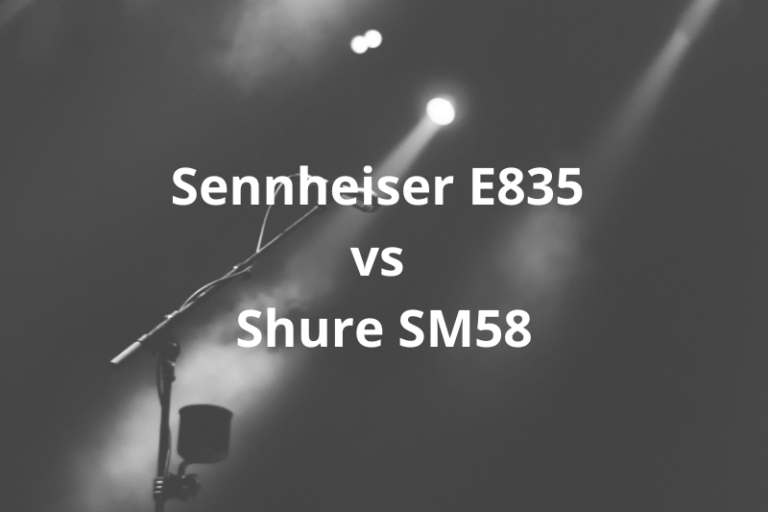
![The 10 Best Karaoke Microphones [Ranked & Reviewed]](https://audioinspects.com/wp-content/uploads/2022/05/best-karaoke-microphones-2022-768x512.jpeg)

